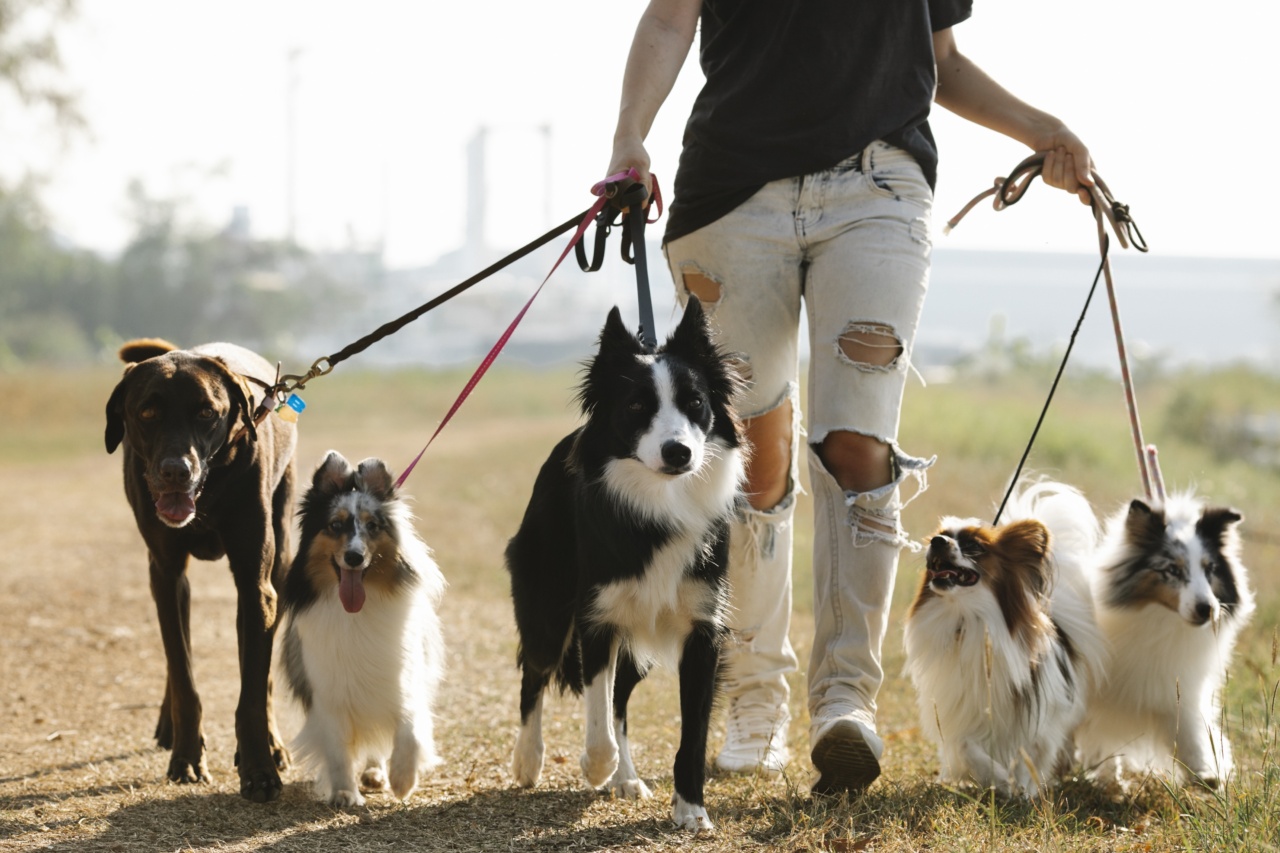Walking your dog is not just a necessity for their physical exercise, but also an opportunity for them to explore and socialize with other dogs and humans.
While leash laws are in place to ensure the safety of both pets and people, many dog owners often wonder if it is legal to walk their dog without a leash. In this article, we will delve into the laws surrounding leashing your dog and the exceptions that may apply.
Understanding Leash Laws
Leash laws vary from jurisdiction to jurisdiction, which means that the legality of walking your dog without a leash depends on where you live.
In most places, the law mandates that dogs should be kept on a leash when outside their owner’s property. This is done to prevent incidents such as dog bites, aggressive behavior, traffic accidents, or disturbance to other people and animals.
The main purpose of leash laws is to ensure public safety and protect the welfare of both dogs and humans.
By keeping dogs on a leash, owners can have more control over their pets and prevent them from running into dangerous situations or causing harm to others.
Exceptions to Leash Laws
While leash laws are generally applicable to all dogs, there are some exceptions that may permit dog owners to walk their dogs without a leash in certain circumstances. These exceptions may include:.
1. Designated Off-Leash Areas
Some communities have designated areas where dogs are allowed to roam freely without a leash. These areas can be enclosed dog parks, beaches, or specific sections of public parks.
It is essential to check local regulations to determine if such areas exist in your locality.
2. Voice and Sight Control
In a few jurisdictions, well-trained dogs that respond to voice and sight commands may be exempt from leash laws. This means that if the dog remains under control and responds promptly to the owner’s commands, they may not need a physical leash.
However, even in such cases, it is always advisable to use a leash when walking in busy areas or near traffic.
3. Working Dogs and Special Circumstances
Working dogs, such as guide dogs for the visually impaired or service dogs that assist individuals with disabilities, are often exempt from leash laws.
However, these dogs undergo extensive training and are highly disciplined to ensure their behavior aligns with regulations. Additionally, there may be exceptions during specific activities, such as certain dog sports or events where dogs are under strict supervision.
The Consequences of Walking Your Dog Without a Leash
Now that we have explored the circumstances where walking your dog without a leash may be allowed, it is essential to understand the potential consequences of disregarding leash laws.
In areas where leash laws are strictly enforced, being caught walking your dog without a leash can result in fines or other penalties.
Additionally, if your dog causes harm or disrupts public order while off-leash, you may be held liable for damages, medical bills, or legal actions initiated by affected parties.
Furthermore, walking your dog without a leash puts them at risk. They may run into traffic, encounter aggressive dogs, or get lost, leading to potential accidents or injuries.
Tips for Safe Dog Walking
Regardless of whether leash laws apply to your area or not, it is always important to prioritize the safety of your dog and those around you. Here are a few tips for safe dog walking:.
1. Use a Leash
Even if leash laws do not apply in your location, using a leash is a responsible choice. It ensures that you can control your dog in unforeseen circumstances and prevent any potential risks.
2. Regular Training
Train your dog to obey basic commands, such as sit, stay, and recall. This will help you maintain control and manage any unexpected situations during walks.
3. Be Aware of Your Surroundings
Pay attention to your surroundings, including other dogs, pedestrians, cyclists, and traffic. Being aware of potential hazards allows you to act proactively and protect your dog from harm.
4. Socialization
It’s crucial to socialize your dog with other animals and people, but always do so in a controlled environment. This will help prevent any aggressive behavior or unexpected reactions while walking your dog.
5. Carry Waste Disposal Bags
Always carry waste disposal bags to clean up after your dog. Keeping public spaces clean and hygienic is important for everyone’s enjoyment and safety.
Conclusion
Walking your dog without a leash may or may not be legal depending on the specific laws in your area. It is important to prioritize the safety of your dog and others, as well as follow local regulations.
By using a leash, training your dog, and being aware of your surroundings, you can ensure that your walks are enjoyable and incident-free.


























